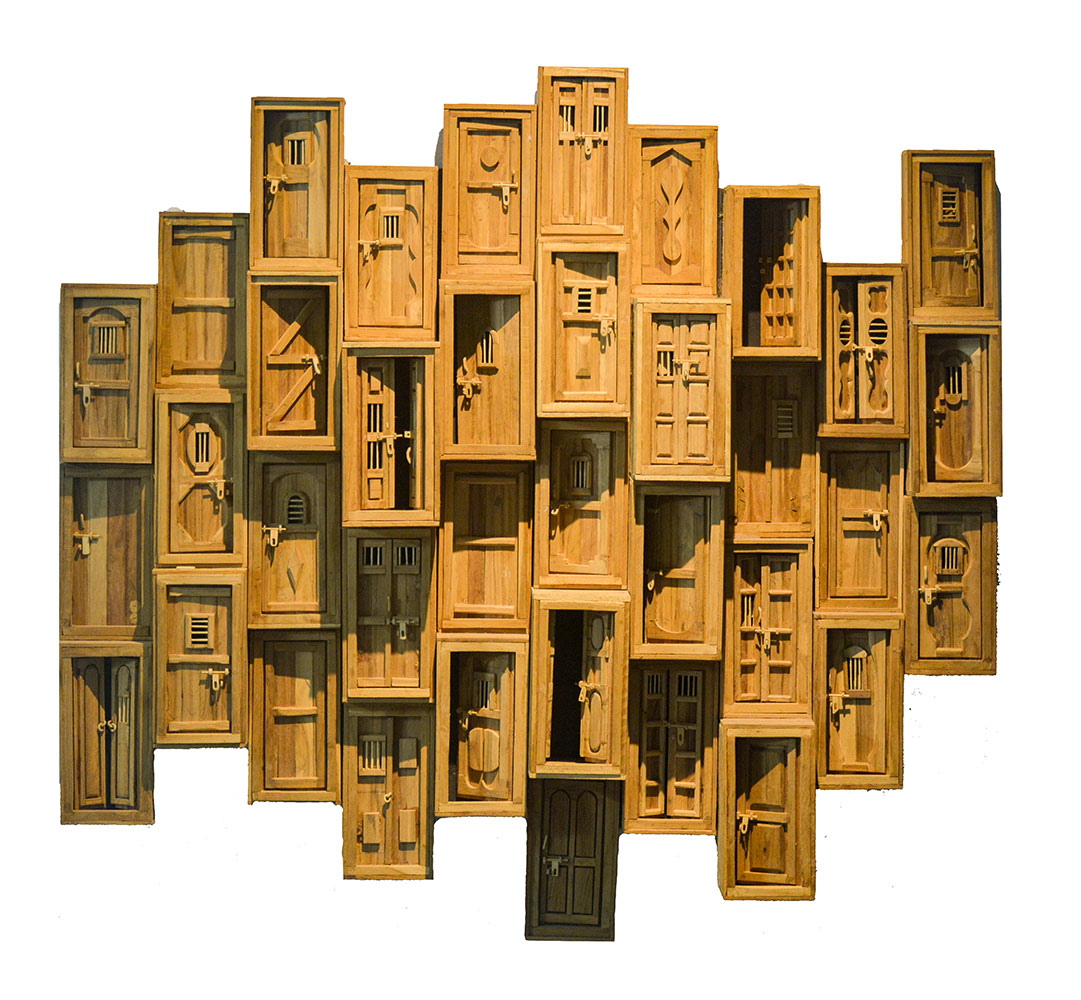(b.1996)
Pradhan’s sculptural practice explores the intersections of local architecture, indigenous cultures, and the lived realities of displaced and domestic workers. Drawing from his own community and experiences, his work poses the questions: How and where do we exist? His sculptures are grounded in the narratives of those who migrate from rural areas to urban spaces—particularly women—whose labor is vital to the functioning of cities, yet remains unacknowledged and unseen.
His practice is deeply rooted in community engagement. An inquiry into the socio-cultural transitions that accompany migration. Through his sculptures, he reflects on the evolving identities of marginalized workers, shaped by their environment and constantly in flux. His work offers a cultural perspective on labour, displacement, and the quiet persistence of those navigating urban life under patriarchal and class-based structures.
In his sculptural language, Pradhan integrates everyday objects into the bodies of his figures—tools and vessels that reflect both the ornamental and functional dimensions of these workers’ lives. The use of terracotta, iron dust, and discarded wood is deliberate, symbolizing resilience, endurance, and the raw strength of labouring bodies. These materials carry the physical and metaphorical weight of survival and invisibility.
Architectural forms woven into his sculptures evoke the monumental nature of these contributions—structures that stand not only as metaphors for shelter and endurance but also as testaments to the complex, layered experiences these individuals embody. Through hand-built, tactile processes and locally sourced materials, Pradhan transforms overlooked stories into intimate and symbolic works. His sculptures invite reflection on the interconnectedness of labour, identity, and place—offering a poignant tribute to those who remain on the periphery, yet are central to the life of the city.

